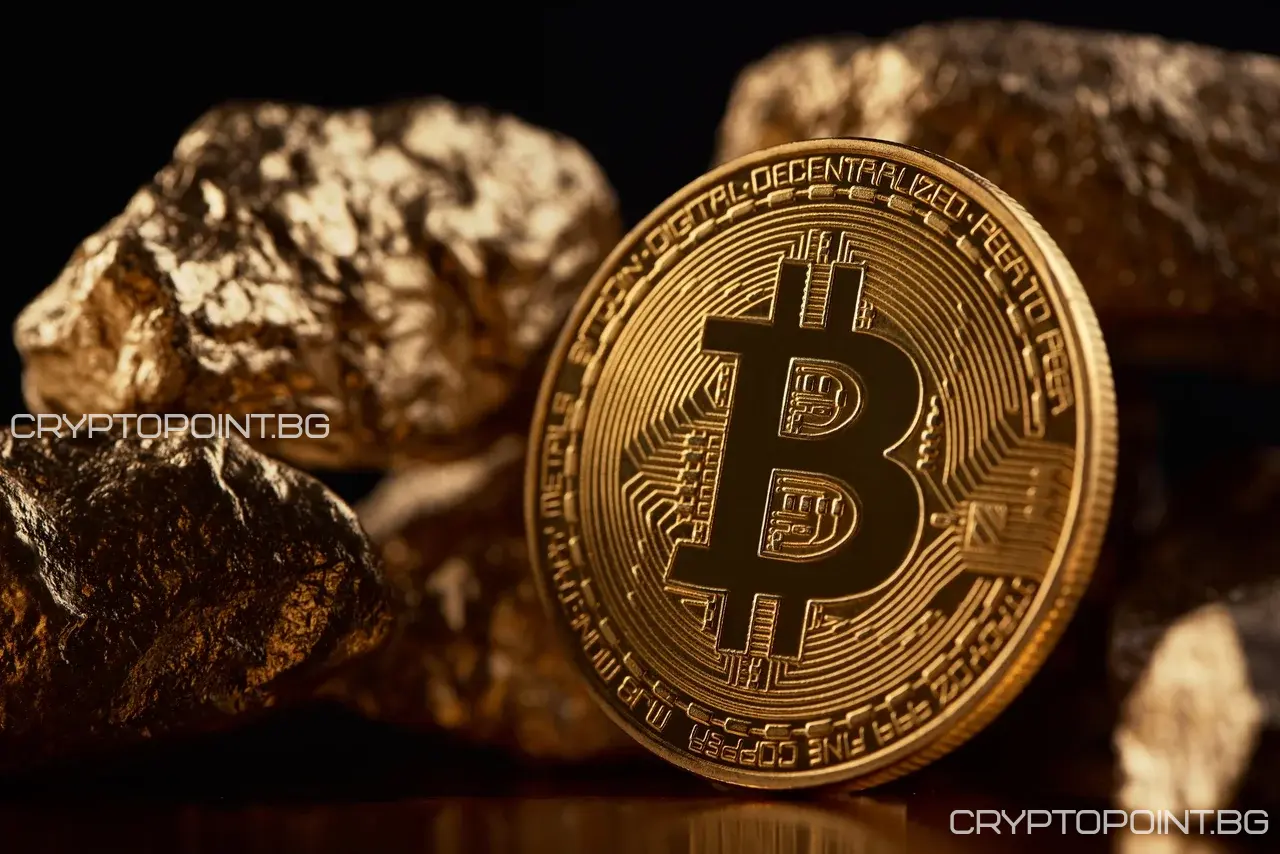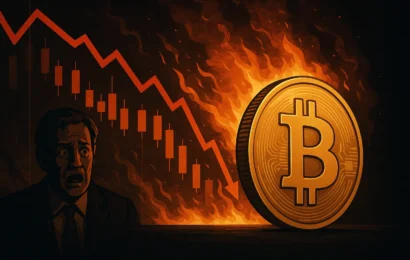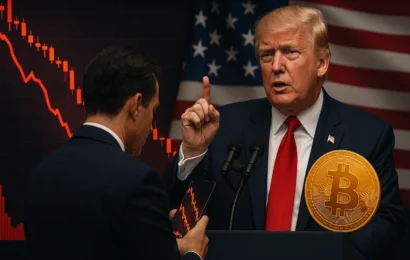
Schiff: Bitcoin is No Longer Digital Gold
Renowned economist and Bitcoin critic Peter Schiff once again criticized the leading cryptocurrency, questioning its status as “digital gold.” In a social media post, he pointed out that the sluggish growth of BTC is a clear sign of its instability, especially amid rising inflation and global economic uncertainty.
Gold Hits New Highs While Bitcoin Falters
While Bitcoin’s price fluctuates and loses momentum, gold is reaching all-time highs. Schiff highlights this as proof of the real value of physical gold, contrasting it with the volatility of crypto assets. He even commented that Bitcoin fails to fulfill its role as a hedge against inflation, while gold excels in that function.
Criticism of Trump’s Bitcoin Reserve
In addition to attacking Bitcoin, Schiff also targeted the Strategic BTC Reserve proposed by the Trump administration. He called it a “crypto scam,” claiming the president is misleading American citizens by presenting BTC as a safe long-term asset.
Bulls on the Horizon? Analysts Remain Optimistic
Despite Schiff’s pessimism, some analysts believe the market is near the bottom. Crypto strategist Ali Martinez noted that Bitcoin’s sell-side ratio has dropped sharply, which historically signals an upcoming recovery.
Moreover, institutional interest remains high – Strategy, led by Michael Saylor, recently purchased another 7,000 BTC, showing that large investors still believe in the long-term potential of the cryptocurrency.
Frequently Asked Questions
Find answers to the most common questions below.
Schiff sees Bitcoin as a speculative asset with no intrinsic value and negatively compares it to gold, which he believes offers stability and protection against inflation.
While gold is less volatile, many investors believe Bitcoin has the potential to establish itself as a long-term digital asset. Schiff's views are often used for comparison between the two assets.
Some analysts believe the current decline is a temporary correction and expect a recovery, especially with continued institutional interest.
It’s an indicator that measures the selling pressure on an asset. A low ratio may signal declining interest in selling and a potential price increase.
This article is for general informational purposes only and is not intended to be, nor should it be considered, legal or investment advice.




